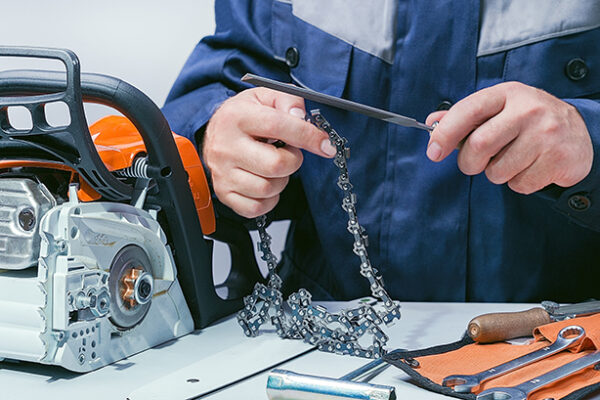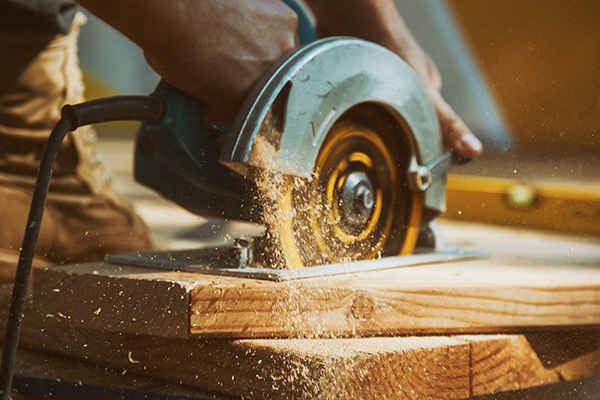As with any other power tool, a circular saw can be quite handy in the workshop provided you know how to use it. However, these tools can also be extremely dangerous if you don’t know how to handle them. A circular saw will easily cut off your fingers or something else if you are not paying attention while using it. These saws are quite tricky to use effectively and safely.
Tips for How to Use a Circular Saw
Circular saws, like other power saws, require that you move the saw through the materials you want to cut, rather than moving the materials through it. This opens a lot of loopholes for things to go wrong if you are not too careful. That said, this article provides you the most effective ways to learn how to use a circular saw appropriately.
Make Accurate Marks
Before you begin using the saw, start by making accurate marks on the material you plan to cut. This helps to ensure that you get an accurate cut. A good tape measure and pencil should do it. The marks help you from straying when using the saw.
Watch the Blade, Not the Lines
When cutting, remember to watch the blade at all times. You will get better results watching the actual blade than the guides and lines. This way, you easily tell whether the blade is straying. Also, as you cut, sawdust can easily cover the lines and prevent you from seeing where to cut. But a light puff can help keep your view clear. Other circle saws also come with built-in blowers to make work easier.
Clamp Before Cutting Angles
Most blade guards hang up on the wood when cutting. And being as you need one hand to push the wood while the other retracts the guard, you need to clamp the workpiece down to prevent it from moving around. You can even use your knee to make the workpiece stay in position.
Use Safety Gear
Safety glasses, earmuffs, ad dust masks are a few of the essential safety gear to use when cutting wood. Appropriate safety gear helps make you more comfortable while working. You don’t want to inhale all the sawdust or blink and squint when cutting to prevent sawdust from getting into your eyes. Protection against the noise is also just as important to prevent you from making a sloppy cut.
Making Nonbinding Compound Cuts
Compound steep angles require that you pull the guard back from the blade when cutting. Ensure that you follow this step each time you’re making compound cuts. Otherwise your bound will most likely get bound up when entering the cut which will make it impossible to continue cutting.
Cutting Curves
When used right, circular saws do a sterling job for making gradual curves. They even outperform jigsaws being as they offer a much smoother cut and in a fraction of the time as well. Circle saws, however, can only make most of the shallow circular cuts. If you are looking to make deep cuts, then you will need to stick to the jigsaw.
Cutting Pipe
A circular saw can make short work of any pipe material, except cast iron pipes. A fine-tooth carbide blade is excellent for copper, ABS or PVC pipes. If, however, you’re looking to cut steel pipes or metal plumbing pipes, then a metal-cutting blade will do. The best way to cut metal is usually to use a miter saw but the correct blade will work for a circular saw.
Final Thoughts
It’s evident from the above context that a circular saw can be a pretty useful tool, but only when used properly. It can perform a myriad of functions both in the workshop and at home. But then, it can also be very dangerous if not used appropriately. Follow this guide to get started using this amazing tool properly.







